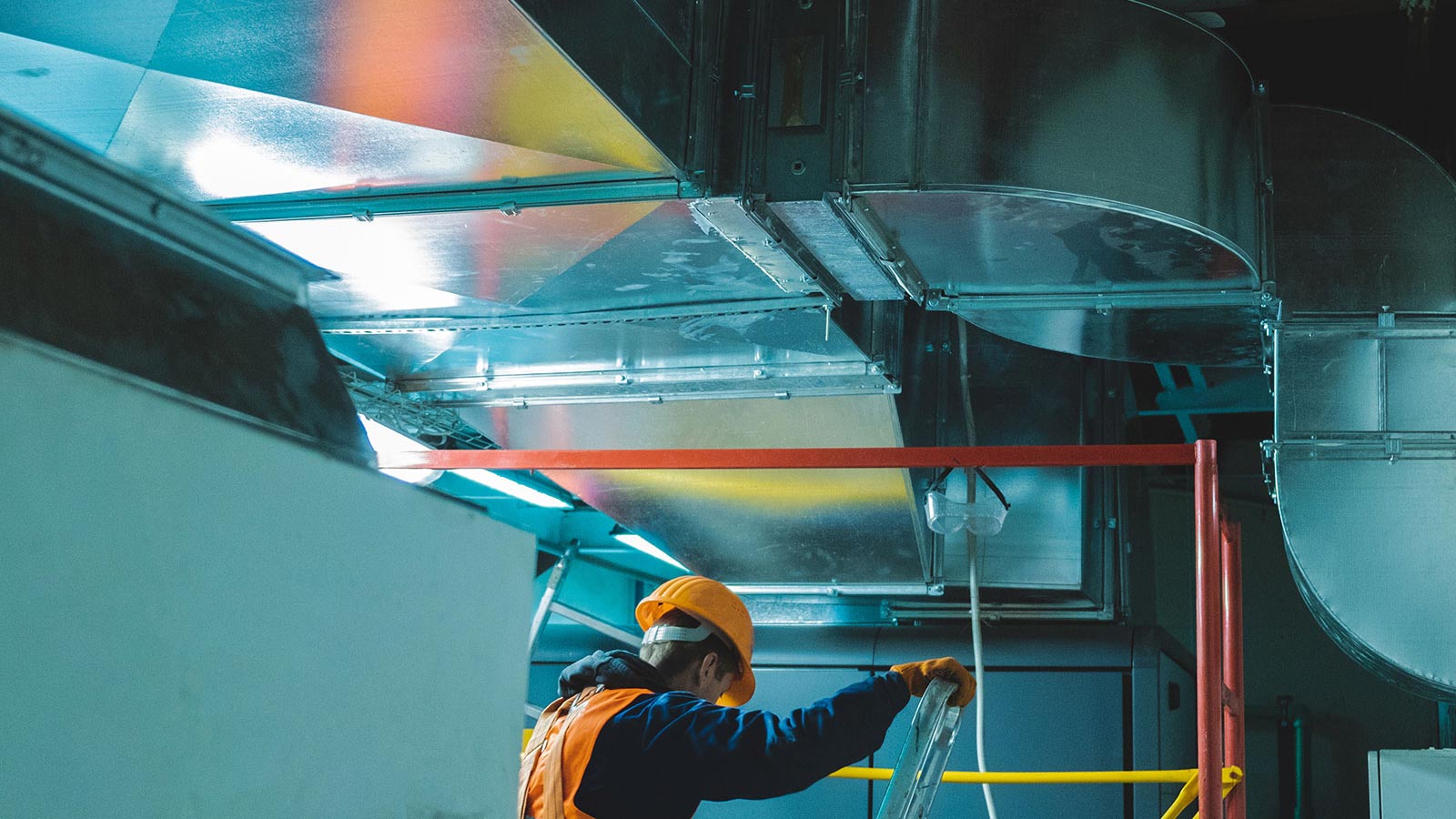Gone are the days when you would be packed off down the mine with just a Cornish pasty, a flask of tea and a Canary. We have come to realise from the painful reality of our industrial workers lives that a lot of fumes, smokes and airborne contaminants can cause catastrophic health problems if not protected against.
There is always a risk the processes used in our industrial manufacturing, chemical and production settings and even places such as laboratories can leave employees open to these types of particulates. To avoid this LEV (local exhaust ventilation) systems remove these contaminants from source and protect workers from inhaling potentially hazardous substances.
What is LEV?
Local exhaust ventilation (LEV) will prevent these contaminants from reaching the operator by using suction. Like a gigantic Hoover, but for industrial settings. The air is often then ‘cleaned’ – contaminants are removed, before being disposed of safely, if required.
LEV systems come under the jurisdiction of the Health and Safety executive and their guidance on the subject ‘Controlling airborne contaminants at work’ (HSG258) outlines the steps you need to be aware of as an employer and operator of work processes which require a LEV system.
COSHH Compliant
When operating an LEV system, you must make sure that they are maintained adequately and safely, in short, they must always be compliant with COSHH – the Control of Substances Hazardous to Health Regulations 2002.
COSHH tells us what we should be doing to make sure our LEV systems are working safely and in line with the law – to protect both the workers physically and the organisation legally. Regulation 9 of COSHH stipulates the requirement for through and regular testing.
So what is LEV testing?
LEV systems quality can diminish for a number of reasons (wear, leak, damage, blockage). Periodic examination of equipment including hoods, filters and ducts is required to prevent such issues. In addition, functional assessment of system performance is carried out, measured, and recorded in a report, to ensure adequate control of exposure. This includes face velocity and maximum capture distance tests, which require specific technical measuring tools and skilled testers.
Recommendations are made and repairs carried out, if required.
To ensure safety is not compromised LEV testing regulations stipulate:
- ‘Thorough examination and testing’ of LEV and ‘engineering controls’ every 14 months – (6 months when metallic dust specks are being removed)
- Tests must be fully documented, and records kept for 5 years
- HSE approved code of practice dictates what information the report should contain
- ‘Controls’ indicates systems of work and supervision as well as hardware
- Tests must be conducted by a ‘competent person’ (CIBSE/ILEVE, BOHS or similar accreditation is recommended)
For Test Engineers guidance references the BOHS P601 standard – ‘Commissioning and Thorough Examination and Testing of Local Exhaust Ventilation Systems’ as an example of the required knowledge for competency
- Red labels should be attached to any LEV hoods which fail inspection to alert operators. All hoods should be labelled when tested giving details of pass or failure, but this is not currently a legal requirement.
- If modifications are made to the LEV system, pre-existing test reports are invalid, and new COSHH LEV testing must be completed.
This list is not exhaustive, and on a subject where safety is paramount, the HSE has excellent documentation and support, in order to make sure you are fully compliant. If you are operating a business in an industrial environment it’s likely that your processes will involve or require the safe removal of airborne contaminants and, as such, LEV systems and competent LEV testing are essential.
Get in touch today
We hope that our blog has been helpful if you have any questions please don’t hesitate to get in touch with us on 024 7645 2203 or head over to our contact page to fill in our online enquiry form.


